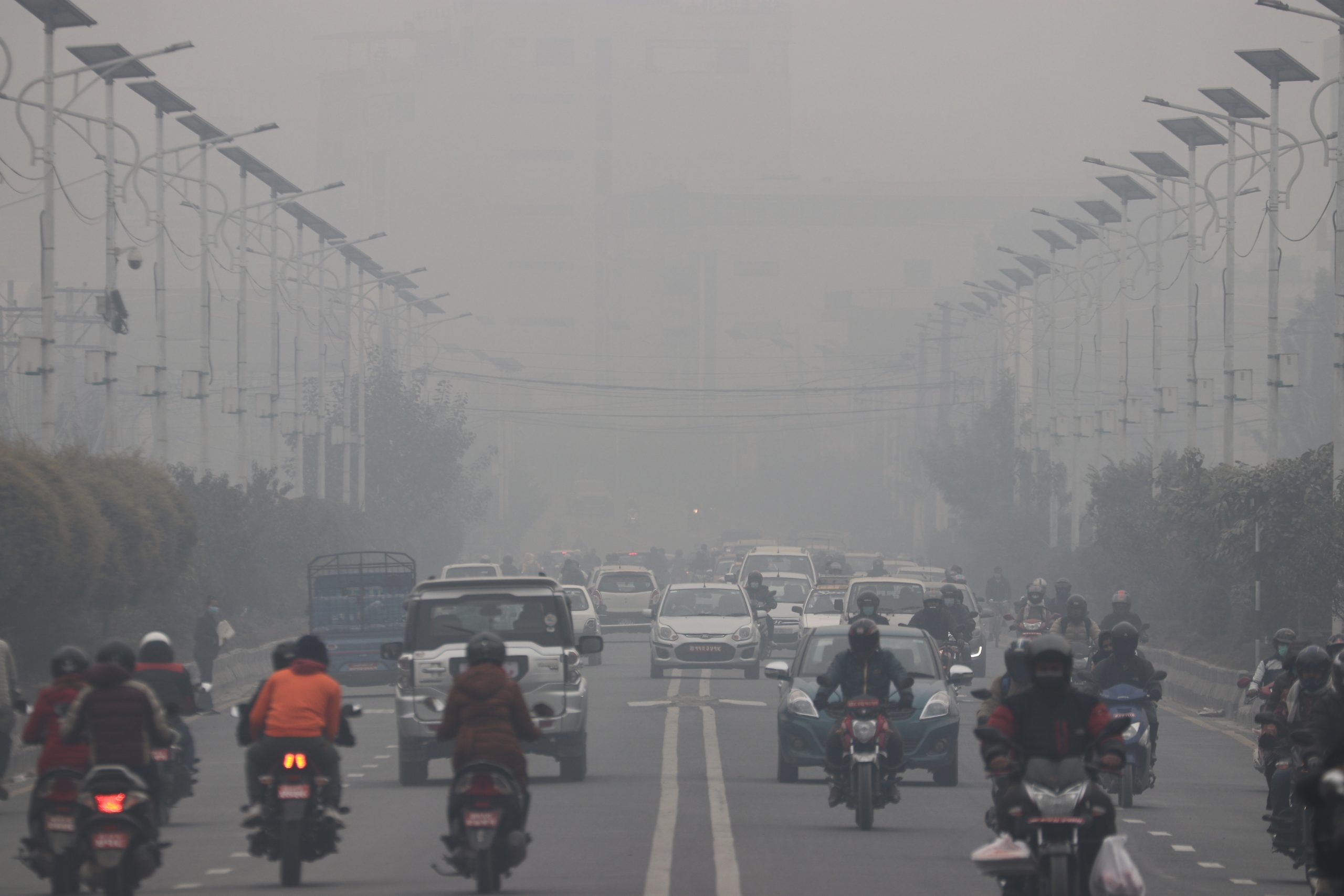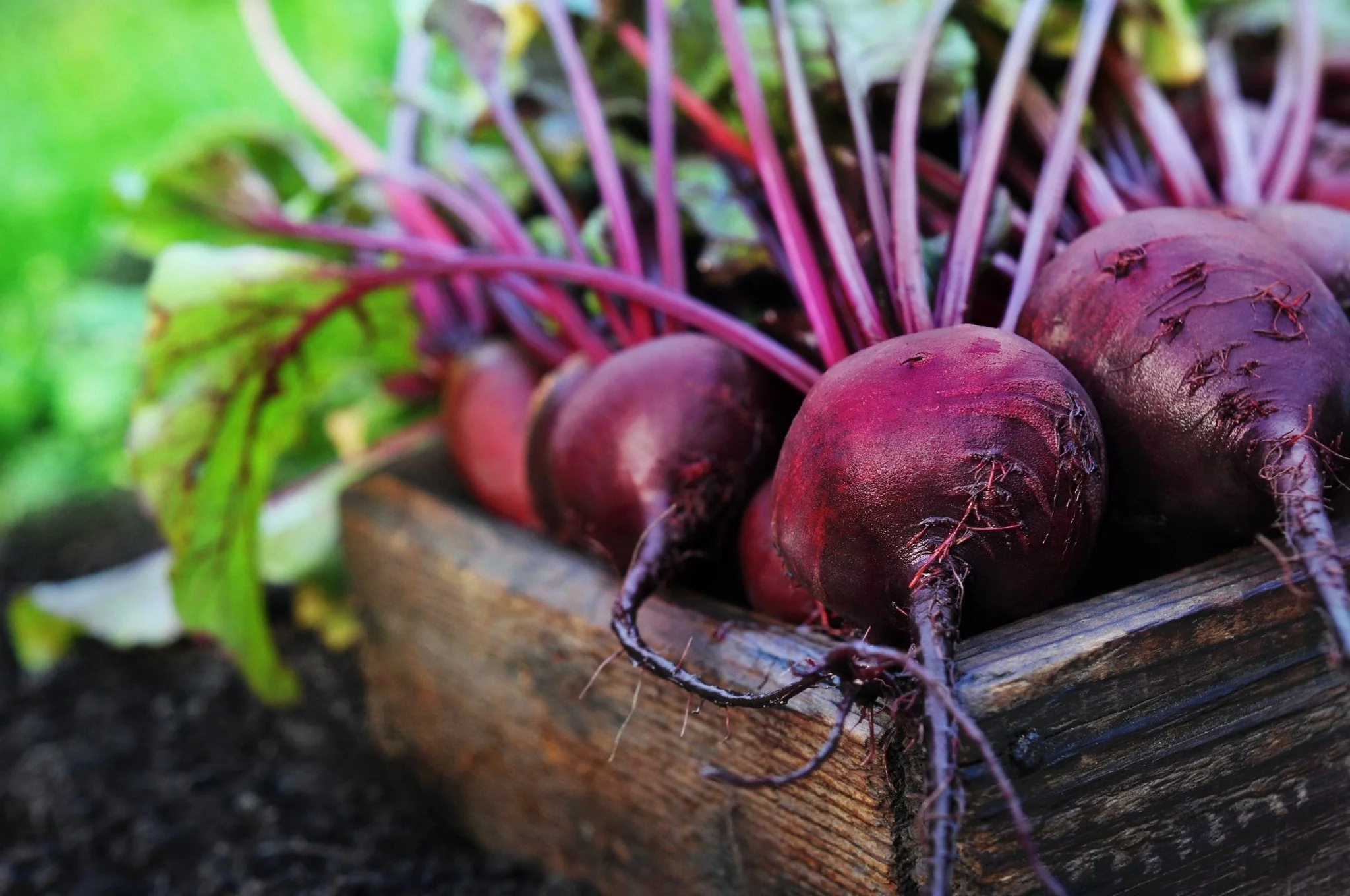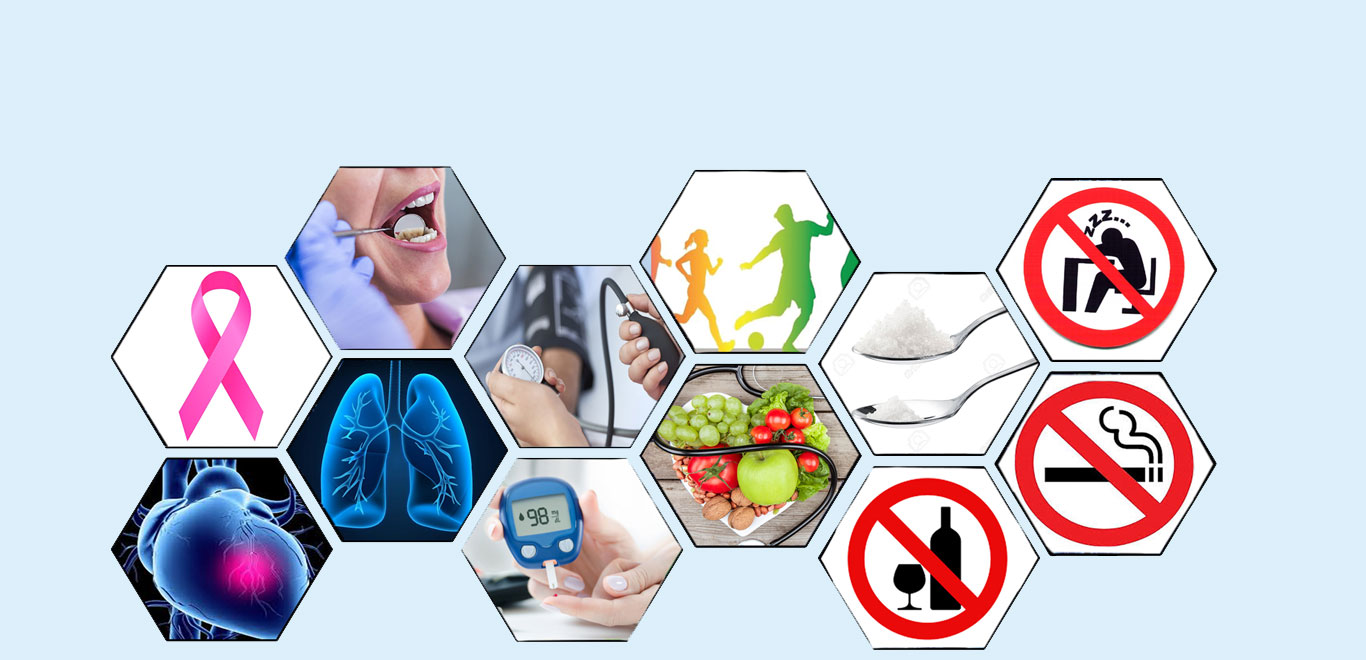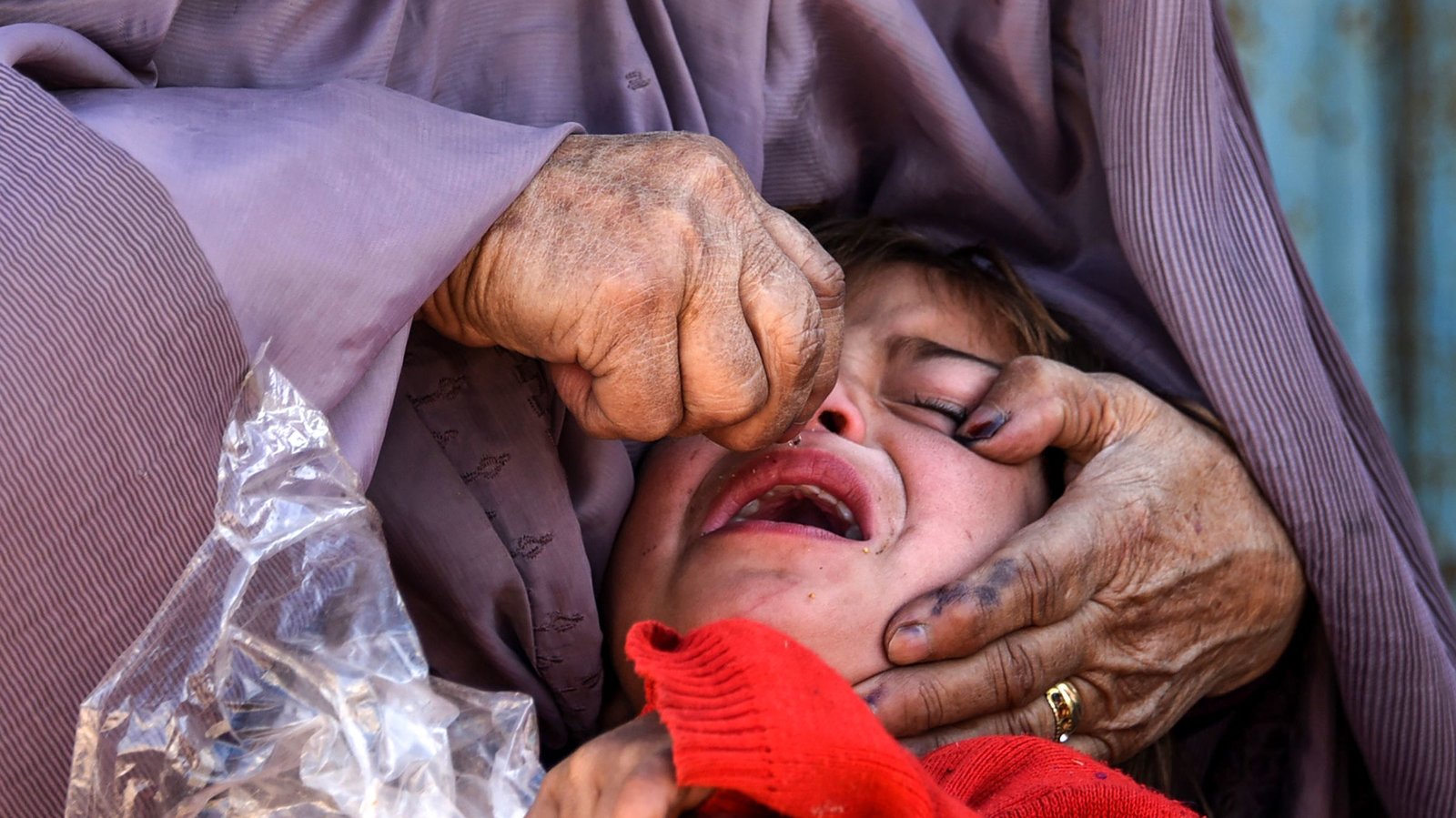Kathmandu’s air getting hazardous, avoid morning walk
On Sunday, the air pollution measurement index (AQI) reached 158. This indicator was at 156 on Friday.

KATHMANDU: Winter brings an increase in air pollution in Kathmandu Valley. On Sunday, the air pollution measurement index (AQI) reached 158. This indicator was at 156 on Friday.
According to World Health Organization standards, air with an AQI of up to 50 is considered healthy. Similarly, air with an AQI greater than 100 is considered hazardous to certain groups. People with chest problems, the elderly, people with heart disease, and children are examples of such groups.
The air quality index (AQI) measures the amount of pollution in the air that is not visible to the naked eye. The amount of particles smaller than 10 and 2.5 microns, carbon monoxide, sulfur, and nitrogen oxides in the air in an integrated form is referred to as AQI. The greater the AQI, the more dangerous the situation.
Previous data show that the amount of PM 2.5 in Kathmandu is five times higher than the World Health Organization (WHO) standard. The amount of pollution rising from Mangsir reaches a peak of 2.5 in Poush and Magh.
Meteorologists predict rain until the first week of December, but there is no chance of rain until the third week. There should be rain at this time, but due to the weak low-pressure system, there is no immediate chance of rain other than scattered showers.
According to meteorologist Manju Basi, as there is no strong wind during this season, the atmosphere is polluted by heavy snow and vehicle dust.

Protect the chronically ill and the elderly
Air pollution is the fourth leading cause of death, according to the World Health Organization. Every year, 7 million people die as a result of polluted air. According to the ‘State of Global Air-2020,’ 42,100 people die in Nepal each year as a result of air pollution-related diseases.
Anti-oxygen pollution refers to rising levels of air pollution. That is, there is not enough oxygen in the environment, and other contaminated gases predominate.
Anti-oxygen pollution reduces the amount of vitamins C’ and E’ required by the skin’s outer layer. As a result, various issues arise on the skin’s outer layer, with consequences reaching the inside.
Similarly, human skin cannot digest such abrupt weather changes. Allergies, skin dryness, dehydration, and eczema may also develop. As a result, it is critical to avoid going outside as much as possible during this pollution and to use special skin protection if you must walk.
According to Dr. Niraj Bam, a senior chest specialist, as winter approaches, the number of respiratory patients at the tertiary teaching hospital has increased due to polluted air.
He advises senior citizens and people with weakened immune systems to be cautious because the infection will strike quickly due to polluted air, causing breathing problems and increasing the risk of pneumonia.
Dr. Bam suggests that people with normal conditions should consult a doctor immediately if they notice such problems, as the polluted air can cause problems such as chest tightness and fever for a long time.
Avoid morning walk
Environmental health expert Yadav Joshi has suggested not going for a morning walk when the sky is cloudy and the pollution has increased.
“Small particles of dust and smoke are floating on the lower surface of the atmosphere, which can enter directly through our nose and mouth,” he said, “As it affects patients with asthma and pneumonia more, masks must be worn.”










